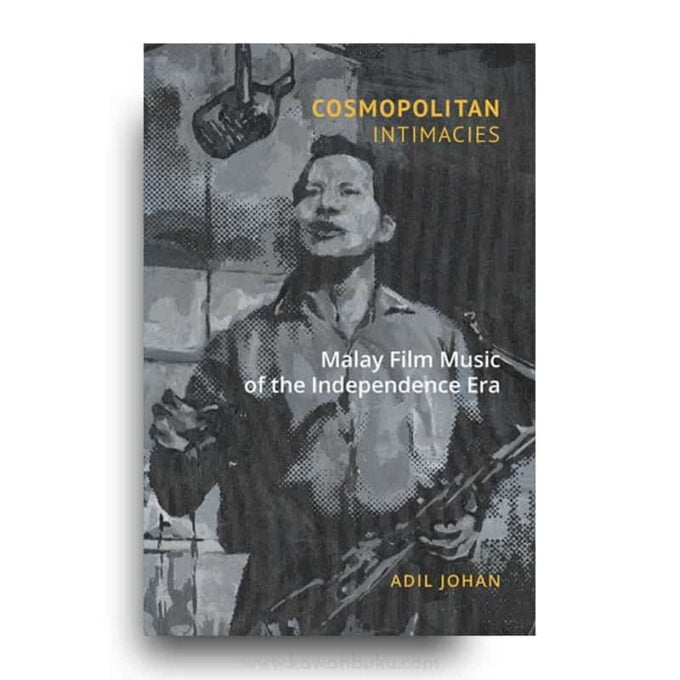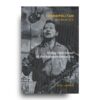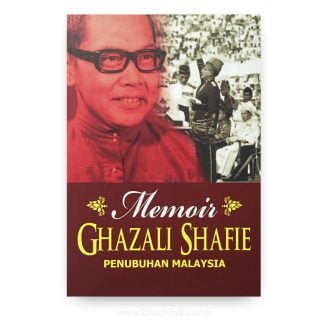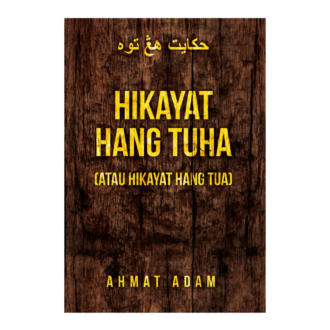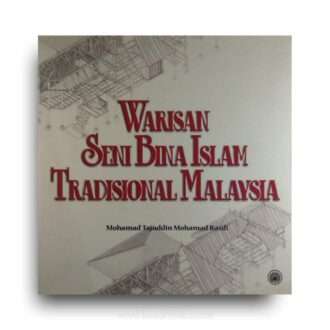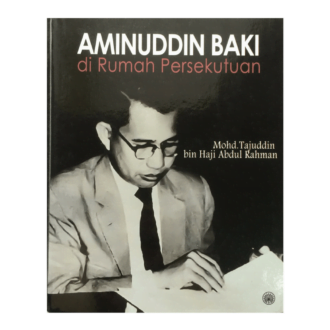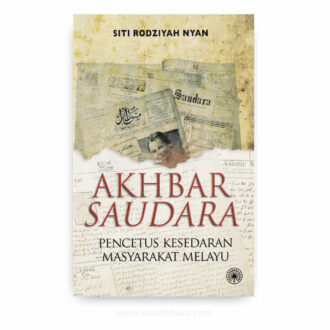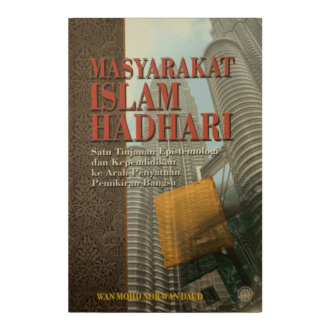Cosmopolitan Intimacies: Malay Film Music of the Independence Era is a book about Malay film music from the 1950s and 1960s and its intertwined and culturally intimate relationship with postcolonial nation making in the Malay Peninsula. Malay films produced in Singapore during this era were made during a period animated by Malaya’s drive to independence and its aftermath, during which sentiments of anti-imperialist self-determination reverberated throughout what was then termed the Third World.
While much has been written about the films, politics, history and nation-making movements in the region, there is a dearth of scholarship that addresses the importance of film music in articulating the cultural and political context of Malayan nation-making. Adil Johan propose that a discussion of the cosmopolitan intimacies expressed in the music of these films is valuable in extending our understanding of nation-making in the region. Malay music and film are particularly potent art forms. They expressed in the popular culture of the period ideas of national independence and self-determination. This film music continues to be rearticulated in a nostalgic mode in present-day Malaysia and Singapore, thus referencing that liberating spirit of national independence in contemporary contexts.
The films and music of P. Ramlee, the omnipresent icon of 1950s and 1960s Malay film and music, continue to be broadcast on national television and radio stations, especially in Malaysia. His films and music are also shared for online streaming on YouTube by Malay-speaking fans from Malaysia and Indonesia. Reinterpretations of his films and music still abound. In fact, his iconicity as a national arts legend has been appropriated by state institutions, filmmakers, musicians and global corporations for different political agendas, artistic goals and marketing purposes.
Across the Causeway, the musician and film composer Zubir Said has re-emerged as a symbol of Singapore’s multicultural diversity. He is also mobilised by the Malay-minority community to assert the importance of Malay contributions to the Chinese-dominated island state. While this book is heavily weighted on the works and impact of P. Ramlee, Zubir Said offers an important counter-narrative to the development of Malay ethnonationalism in the Malay Peninsula. The recent re-emergence of Zubir Said as a Singaporean arts icon provides a mirror to the ubiquitous impact of P. Ramlee in Malaysia. Zubir Said was P. Ramlee’s predecessor in the Singaporean music and film industry, and was also a vocal exponent of Malay nationalism in the arts prior to Singapore’s expulsion from the Federation of Malaysia in 1965. He also retained his Indonesian citizenship until officially becoming Singaporean in the 19703.
P. Ramlee, by contrast, while producing most of his best films in Singapore, was quick to leave the island for Kuala Lumpur in 1964. In Malaysia, P. Ramlee would experience a rapid decline in popularity and considerable obstacles to producing films right up to his death in 1973. Zubir Said, while residing in comparative obscurity in Singapore, lived a stable life until his death. Being the composer of Singapore’s national anthem was a highlight among his numerous artistic contributions that immortalised him as one of very few ethnic Malay Singaporean national icons. In 2012. while the author was conducting field research for Cosmopolitan Intimacies: Malay Film Music of the Independence Era, the memorialising of Zubir Said’s contributions appeared in a detailed biography written by his daughter Rohana Zubir, a film festival showcasing his music held at the National Museum of Singapore and a tribute concert held at the Esplanade concert hall.
In Malaysia, the posthumous recognition of P. Ramlee’s work that was ignited in the late 19805 continues to be articulated in street names. national monuments, state institutions, shopping malls, documentary and fictional films, theatrical productions and the online media. Author particularly interested in the lifespan of his music and national cultural iconicity that have recently been appropriated, refashioned, reinterpreted and consumed in artistic and commercial contexts. P. Ramlee’s musical and cinematic legacy has become a space for contestation between state-sanctioned narratives and actors ‘independent’ of the state. Author highlight indie music interpretations of P. Ramlee’s songs that are ultimately c0 opted by corporations to appeal to the local youth market.
In Cosmopolitan Intimacies: Malay Film Music of the Independence Era, Adil Johan draw attention to the development of Malay nationalism through film music specifically within the Malay Peninsula. While the larger Malay-speaking nation of Indonesia intersects at various junctures with the discussion, author do not delve into Indonesian nation-making in the context of Malay film music. However, it is impossible to overlook the implicit role of Indonesia, especially when considering Zubir Said’s Indonesian origins. P. Ramlee’s Acehnese father, the numerous film actors and personnel with Indonesian origins, and the consumption of Singapore-made Malay films across Indonesia in the post-war period. For example. the first commercially successful Malay-language film, Terang Boelan (Bright Moon. 1937. dir. A. Balink), helped to circulate the popular film song of the film’s title across the region (and beyond). The melody of ‘Terang Boelan’ would become the melody for Malaya’s (and then Malaysia’s) national anthem. In light of this, a detailed study ought to be undertaken to uncover the history of iilm music and Indonesian nationalism, and it is hoped that this book may form a launching pad for such work.
Another deliberate limitation of Cosmopolitan Intimacies: Malay Film Music of the Independence Era is to only analyse films produced in Singapore in the 19505 and 19608. Adil Johan do this because most Malaysian film scholars and fans argue that P. Ramlee’s best work was produced in Singapore. While this is an issue of critical interpretation, it fits well with the narrative that P. Ramlee experienced a decline in both quality and reception once he made his move to Malaysia. It is interesting to note, however, the ways in which P. Ramlee’s Singaporean made films and music have now become symbols of Malaysian artistic greatness, simply by virtue of being the works of P. Ramlee, a citizen par excellence of Malaysia.
This, then, presents an overarching paradox that recurs throughout the book. P. Ramlee is not only a Malaysian icon, but even more so an ethnic Malay icon of artistic greatness in the Malay world. However, it was the Chinese-owned Shaw Brothers’ Malay Film Productions studio in post-war Singapore that enabled P. Ramlee to produce his so-called best works. Conversely, because of his return to Malaysia, the current nation state of Singapore has little official claim over P. Ramlee’s films and music.
Cosmopolitan Intimacies: Malay Film Music of the Independence Era narrates how the national cultures of Singapore and Malaysia are poetically and intimately intertwined through the history of film music from the independence era of the Malay Peninsula. It also unravels how the ‘golden era’ of Malay film continues to be referenced, appropriated and rearticulated in diverging ways across present-day Malaysia and Singapore. There are still lacunae regarding the formation of these nation states, and author hope that a focus on film and music brings to light and amplifies new ideas about postcolonial nation-making’ cosmopolitanism and cultural intimacy in the Southeast Asian region.

